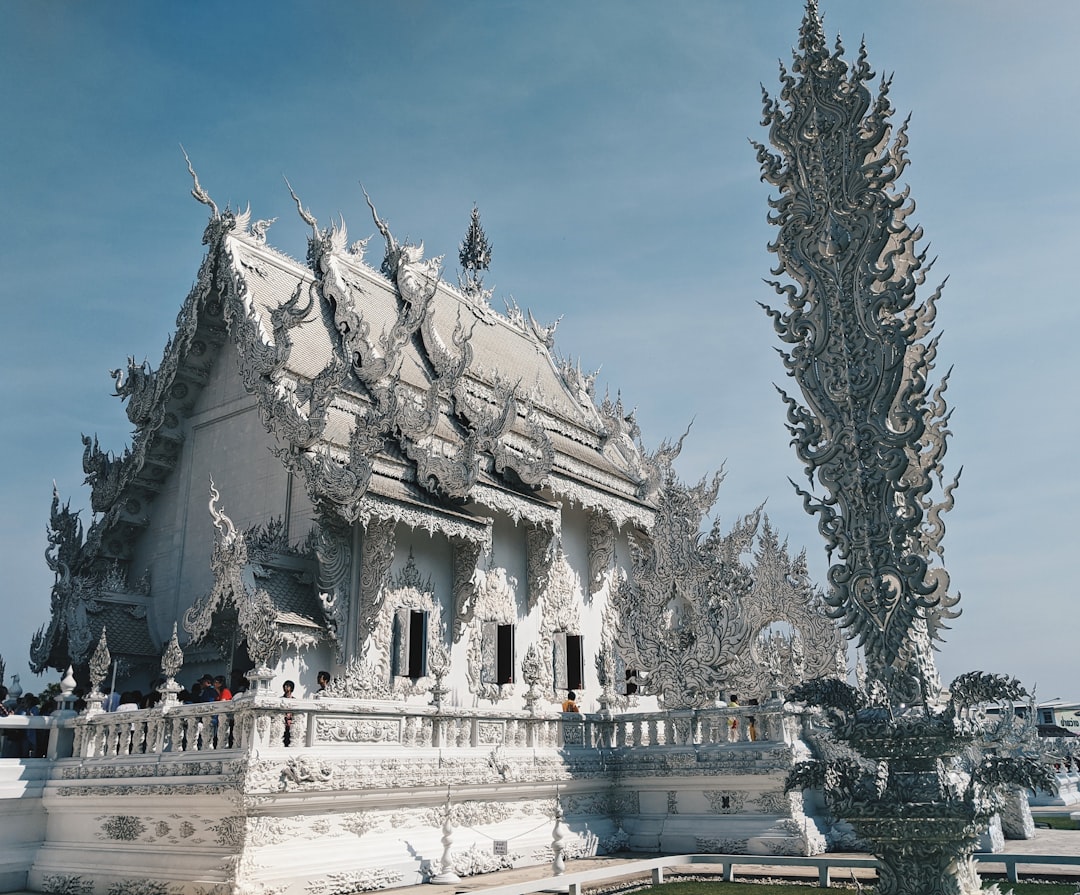The connection between music and visual art is a powerful and intricate relationship that has been explored for centuries. From the intricate details of a painting to the emotional depth of a piece of music, these two forms of art have a strong bond that transcends the boundaries of creativity.
Music and visual art have the ability to evoke deep emotions and transport us to different worlds. They both have the power to convey stories, emotions, and messages without the need for words. They can communicate on a level that goes beyond language, touching our souls in a way that is unique to each individual.
Both music and visual art are forms of expression that have the ability to move us, to make us feel something deep within ourselves. They can paint a picture, tell a story, or simply evoke a feeling that words cannot always capture. They are a medium through which we can express our deepest emotions, fears, and desires in a way that is uniquely personal and universal at the same time.
One of the most powerful ways in which music and visual art intersect is through the concept of synesthesia. Synesthesia is a neurological phenomenon in which stimulation of one sensory or cognitive pathway leads to automatic, involuntary experiences in a second sensory or cognitive pathway. In simpler terms, synesthetes may see colors when they hear music, or hear sounds when they see colors.
This phenomenon has been explored by artists and musicians alike, who have utilized the connections between color, sound, and emotion to create truly unique and immersive experiences for their audiences. For example, the famous composer Alexander Scriabin was a synesthete who believed that color was an integral part of music. He created a color organ, a device that could project colored lights onto a screen while music was playing, in order to create a multisensory experience for his audiences.
Similarly, visual artists such as Wassily Kandinsky and Piet Mondrian were deeply influenced by music in their work. Kandinsky believed that color and form could evoke the same emotional responses as music, and used abstract shapes and colors to create works that he called “compositions.” Mondrian, on the other hand, was inspired by jazz music in his iconic geometric paintings, believing that the rhythm and syncopation of music could be translated into visual form.
This intersection between music and visual art can also be seen in the realm of film and animation. Filmmakers and animators often use music as a tool to convey emotion, creating a powerful synergy between image and sound. The use of music in film can enhance the mood and tone of a scene, creating tension, suspense, or joy in a way that visual images alone cannot achieve.
Music videos are another example of the connection between music and visual art. Artists collaborate with filmmakers, animators, and visual artists to create visually stunning videos that enhance the music and tell a story in a unique and engaging way. The visual elements of a music video can complement the lyrics and melody of a song, adding depth and meaning to the overall experience.
In addition to the creative collaborations between musicians and visual artists, the relationship between music and visual art can also be seen in the way that we experience and interpret art. When we listen to music, we often create mental images or visualizations that accompany the sounds we hear. Similarly, when we look at a painting or sculpture, we may imagine the sounds and music that could accompany the visual elements.
This interplay between music and visual art can be seen in the work of artists such as Paul Klee, who created “polyphonic paintings” that explored the connections between music and visual art. Klee believed that the structure and rhythm of music could be translated into visual form, and his paintings often feature musical motifs and symbols that evoke a sense of harmony and balance.
The connection between music and visual art is a rich and complex relationship that continues to inspire artists and audiences alike. Whether through the exploration of synesthesia, the collaboration between musicians and visual artists, or the use of music in film and animation, these two forms of art have the power to move us, to uplift us, and to connect us in ways that are truly extraordinary.
In conclusion, the connection between music and visual art is a profound and enduring relationship that transcends the boundaries of creativity. From the exploration of synesthesia to the creative collaborations between musicians and visual artists, these two forms of art have the power to evoke deep emotions, tell stories, and transport us to different worlds. Whether through the use of color and form, rhythm and melody, or image and sound, music and visual art will continue to inspire and captivate us for generations to come.


